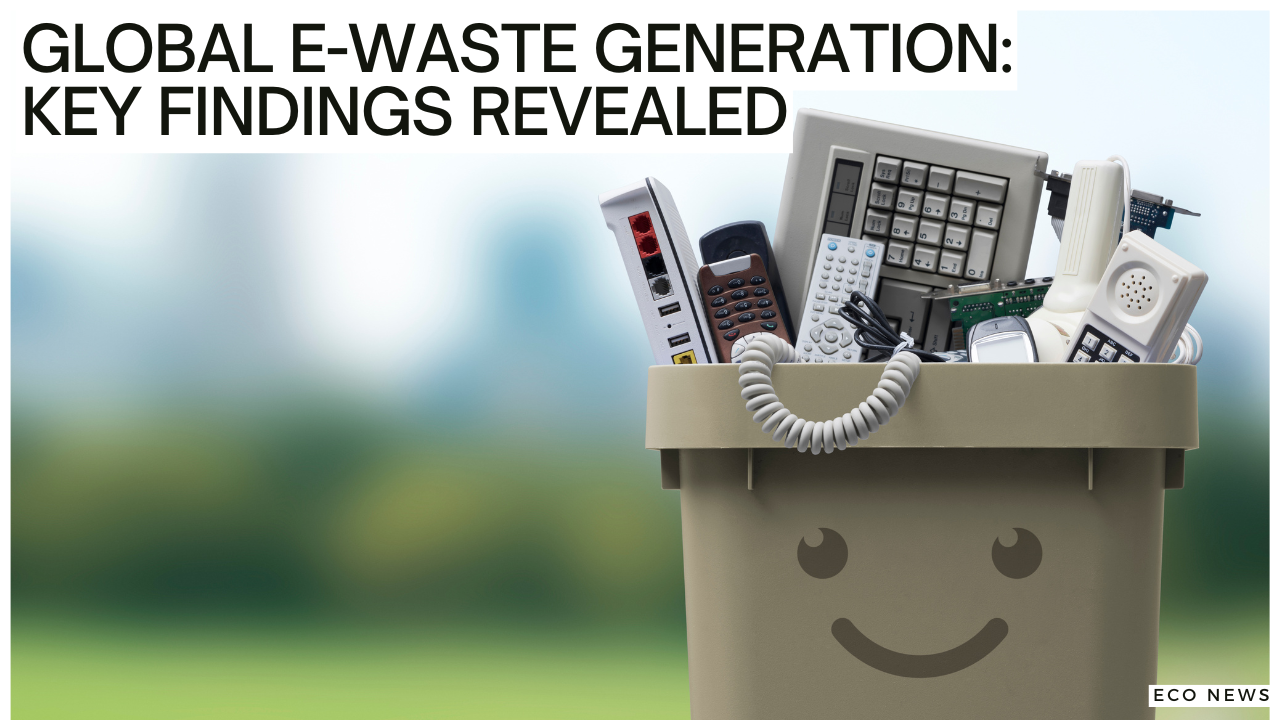According to the 2024 Global E-Waste Monitor (GEM) by the United Nations, the rate of global electronic waste generation is increasing alarmingly, five times faster than the rate of e-waste recycling. The report reveals that in 2022, the world produced 62 million tonnes (Mt) of e-waste, an 82% increase from 2010, equivalent to the load of 1.55 million 40-tonne trucks.
Key Findings from the GEM 2024 Report:
- Rising E-Waste Volumes: Annually, global e-waste is growing by 2.6 million tonnes.
- Recycling Rates Lagging: In 2022, only 22.3% of e-waste was documented, collected, and properly recycled.
- Projected Increase: By 2030, e-waste generation is expected to reach 82 million tonnes, a 33% increase from 2022, with recycling rates potentially dropping to 20%.
Economic and Environmental Stakes:
- Unrecovered Resources: The lack of effective recycling leads to approximately USD 62 billion worth of natural resources going unrecovered annually, intensifying global pollution risks.
- Health Hazards: E-waste contains harmful substances like mercury, posing significant health risks to humans and detrimental impacts on ecosystems.
- Resource Recovery Potential: Enhancing e-waste collection and recycling rates to 60% by 2030 could result in net benefits exceeding USD 38 billion.
Challenges and Global Impact:
- Technological and Consumption Trends: Increased consumption, rapid technological advancements, and limited repair options are widening the e-waste management gap.
- Infrastructure Deficiencies: Shorter product lifecycles and inadequate e-waste management infrastructure exacerbate the problem.
- Dependency on Rare Earth Elements: The reliance on a few countries for rare earth elements highlights the urgent need for sustainable technology production and disposal practices.
The report, a collaborative effort of UNITAR-SCYCLE, the ITU, and the Fondation Carmignac, serves as a crucial reference for policymakers and industry stakeholders, emphasizing the critical need for enhanced global e-waste management strategies to address this pressing environmental challenge.


